Molybdenum Oxide Prices - June 3, 2020
- Details
- Category: Tungsten's News
- Published on Thursday, 04 June 2020 11:37
- Hits: 1048

Molybdenum market quotation in China: the latest of ferro molybdenum, ammonium heptamolvbdate and molybdenum oxide prices are unchanged from the previous trading day under mixed factors and deadlocked supply and demand in early June, 2020.
Qinghai Lithium Exported Abroad for The First Time
- Details
- Category: Tungsten's News
- Published on Wednesday, 03 June 2020 19:02
- Hits: 1012

A batch of lithium metal produced by Qinghai Province Jinkunlun Lithium Industry Co., Ltd. was successfully exported to Japan after passing the inspection by the Xining Customs Golmud Customs inspection. This is the first export of metallic Li in Qinghai Province and the resources in the province account for more than 60% of the global reserves.
OXIS Energy to Build World's First Li-S Battery Manufacturing Plant in Brazil
- Details
- Category: Tungsten's News
- Published on Tuesday, 02 June 2020 22:17
- Hits: 1013
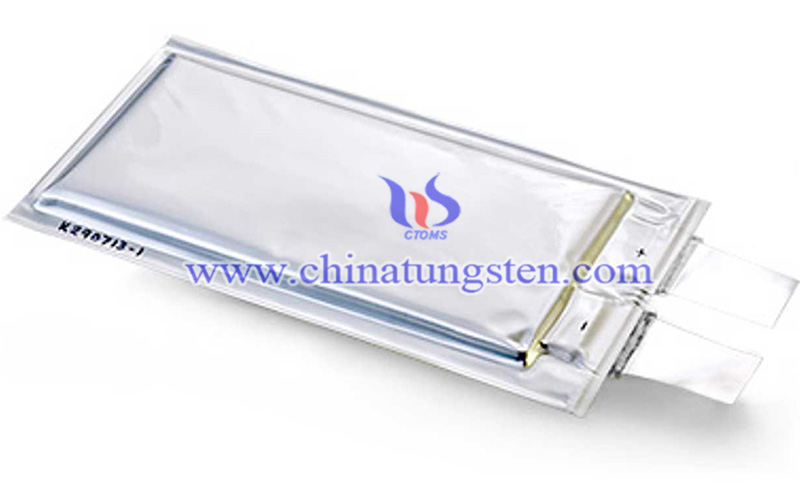
The world's first lithium-sulfur (Li-S) battery cell manufacturing plant will be built in Brazil. OXIS Energy of the UK announced that, together with the Minas Gerais Development Company CODEMGE, it intends to build the world's first Li-S battery cell manufacturing plant. The two companies recently have leased a manufacturing facility from Mercedes Benz Brazil (MBB) in Juiz de Fora in southeast Brazil intending to start production by 2023 through an investment of $50 million.
China Tungsten Powder Market Maintains Stability in Early June
- Details
- Category: Tungsten's News
- Published on Tuesday, 02 June 2020 19:11
- Hits: 1057
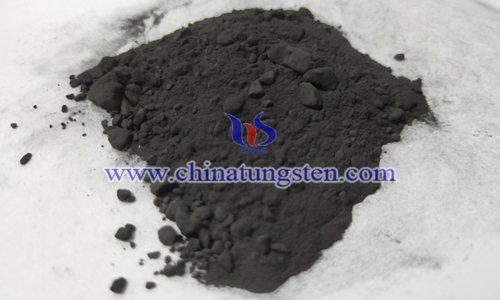
Analysis of latest tungsten market from Chinatungsten Online
The ferro tungsten and tungsten powder price in the Chinese market keep stable in the week began on Monday June 1, 2020 ondeadlocked supply and demand, and cautious sentiment of market participants.
China Tungsten Price Stabilized After a Slight Rise in Early June
- Details
- Category: Tungsten's News
- Published on Tuesday, 02 June 2020 19:09
- Hits: 974
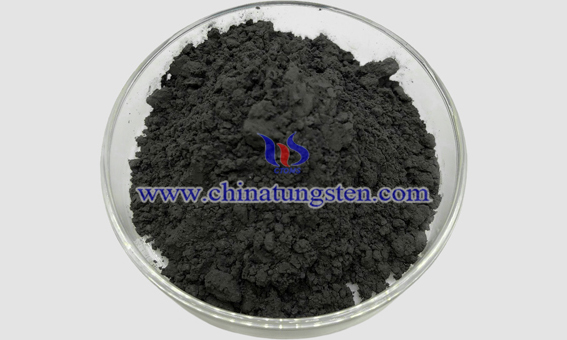
Analysis of latest tungsten market from Chinatungsten Online
The tungsten price in China stabilized after a slight rise in the week ended on Friday May 29, 2020 as low consumption offset the bullion impact from the raw material markets. But a stalemate is setting in between buyers and sellers, and only changes in demand patterns are likely to break the deadlock.
Lanthanum Oxide Prices - June 1, 2020
- Details
- Category: Tungsten's News
- Published on Tuesday, 02 June 2020 19:07
- Hits: 986
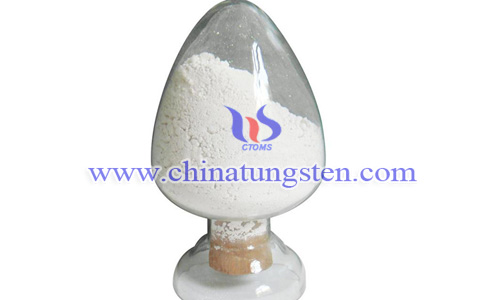
Rare earth market quotation in China: the latest prices of europium oxide, dysprosium oxide and lanthanum oxide maintain stability in the first trading day in June on deadlocked supply and demand, and a lack of liquidity.
Molybdenum Powder Prices - June 1, 2020
- Details
- Category: Tungsten's News
- Published on Tuesday, 02 June 2020 19:03
- Hits: 1015
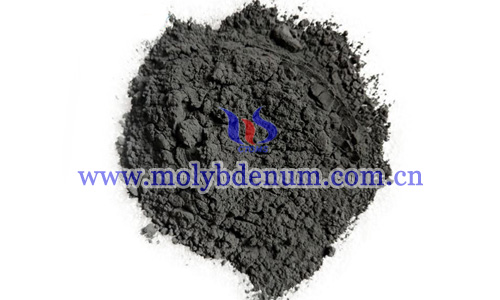
Sodium molybdate, ammonium heptamolvbdate and molybdenum powder prices in the Chinese market stabilize in the first trading day of June as the market is caught in heavy wait-and-see atmosphere.
China Tungsten Powder Market Is Quiet With Limited Transactions
- Details
- Category: Tungsten's News
- Published on Tuesday, 02 June 2020 18:29
- Hits: 1010
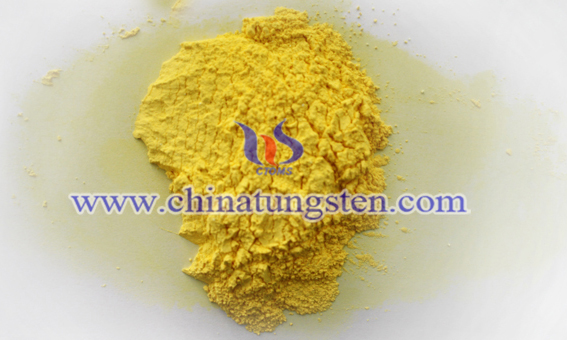
Analysis of latest tungsten market from Chinatungsten Online
The tungsten powder and ferro tungsten prices in China are unchanged from the previous trading day owing to a lack of spot demand both at home and abroad, as downstream consumer sectors were temporarily shut down amid the Covid-19 pandemic.
China Rare Earth Price - May 29, 2020
- Details
- Category: Tungsten's News
- Published on Tuesday, 02 June 2020 18:28
- Hits: 962
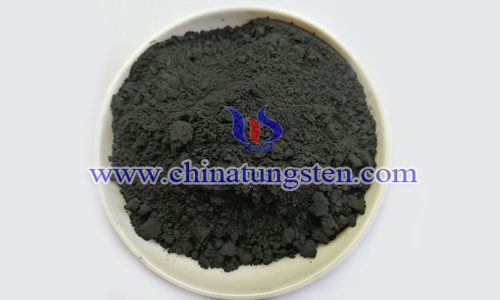
The rare earth price in China remains stable in the last trading day of May. Although there are many positive signs in the market, the macroeconomic and demand sides are slightly weakened by the impact of the new coronavirus epidemic, which makes it difficult for buyers to enter the market.
China Molybdenum Price - May 29, 2020
- Details
- Category: Tungsten's News
- Published on Tuesday, 02 June 2020 18:25
- Hits: 993
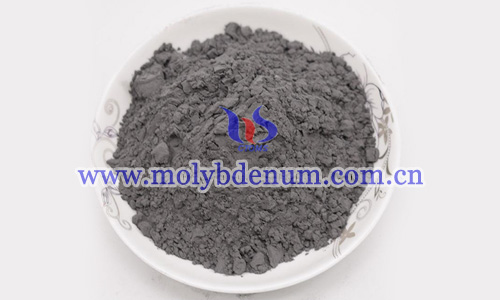
The molybdenum price in China still keeps stable in the last trading of May owing to limited demand from end users and unclear market outlook under the mixed factors.




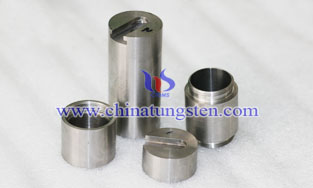


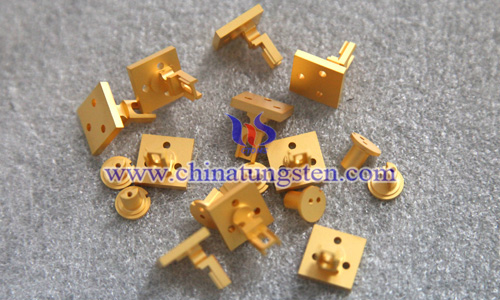
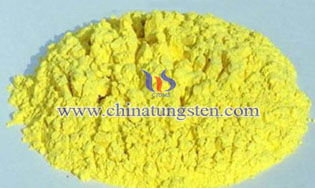
 sales@chinatungsten.com
sales@chinatungsten.com